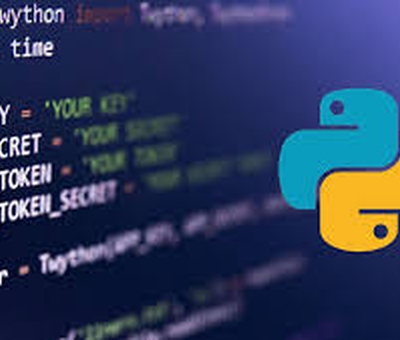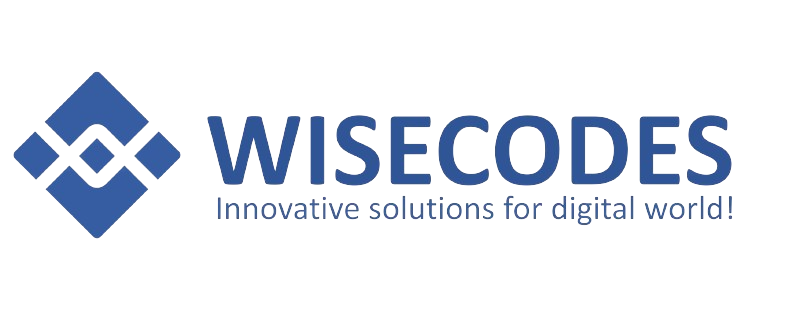
THE IMPACT OF PYTHON LANGUAGE ON WEBSITE DESIGN
In the realm of website design, programming languages play a crucial role in shaping the digital landscape. Among these languages, Python has emerged as a prominent force, revolutionizing the way websites are conceptualized, developed, and maintained. This abstract explores the profound impact of Python on modern website design, highlighting its versatility, powerful frameworks, scalability, community support, and integration with emerging technologies.
In the ever-evolving landscape of website design and development, programming languages play a pivotal role in shaping the digital experiences we encounter. Among the multitude of languages available, Python has emerged as a powerful tool with a significant impact on website design. From its versatility to its robust frameworks, Python has revolutionized the way websites are created and maintained. Let's delve into the effects of Python on website design.
1. Versatility and Ease of Use:
Python's simplicity and readability make it an attractive choice for web developers. Its clear syntax allows for quicker development cycles and easier maintenance, making it ideal for both beginners and seasoned developers alike. This versatility translates into website design by enabling developers to build complex, feature-rich websites with relative ease.
2. Django and Flask Frameworks:
Two popular web frameworks, Django and Flask, have propelled Python into the forefront of website design. Django, a high-level web framework, follows the "Don't Repeat Yourself" (DRY) principle, promoting rapid development and clean, pragmatic design. Flask, on the other hand, is a lightweight micro-framework that offers flexibility and simplicity, making it suitable for smaller projects or prototypes. Both frameworks provide robust tools and libraries that streamline the development process, allowing designers to focus on crafting exceptional user experiences.
3. Scalability and Performance:
Python's scalability makes it well-suited for websites of all sizes, from small businesses to large enterprises. Its ability to handle high traffic and complex applications efficiently ensures optimal performance, enhancing the user experience. Additionally, Python's integration with other languages and technologies further enhances its scalability, enabling seamless integration with databases, APIs, and third-party services.
4. Community and Support:
One of Python's greatest strengths lies in its vibrant community and extensive support ecosystem. Developers have access to a wealth of resources, including documentation, tutorials, and community forums, facilitating learning and problem-solving. This robust support network not only accelerates development but also fosters innovation, as developers collaborate and share best practices in website design.
5. Machine Learning and AI Integration:
Python's dominance extends beyond traditional website design, with its integration of machine learning and artificial intelligence (AI) capabilities. Through libraries such as TensorFlow, PyTorch, and scikit-learn, developers can leverage machine learning algorithms to personalize user experiences, optimize content delivery, and enhance website functionality. This integration of cutting-edge technologies further elevates the sophistication and dynamism of modern website design.
Conclusion:
In conclusion, Python has had a profound impact on website design, revolutionizing the way websites are conceived, developed, and maintained. Its versatility, powerful frameworks, scalability, vibrant community, and integration with emerging technologies have made it a cornerstone of modern web development. As the digital landscape continues to evolve, Python will undoubtedly remain a driving force in shaping the future of website design.So, whether you're a seasoned developer or a novice exploring the world of website design, Python offers a robust and versatile platform to bring your digital visions to life.
